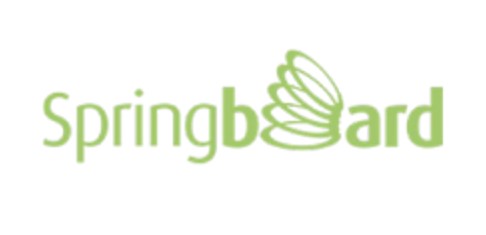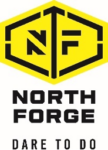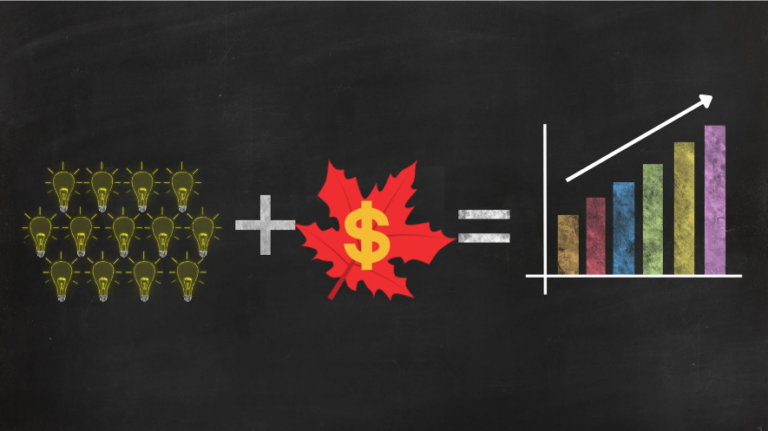Mastering Trademark Protection: A Guide for Canadian Businesses
What is Trademark?
A trademark is a sign or combination of signs used or proposed to be used by a person to distinguish their goods or services from others. Trademarks protect distinctive elements like words, sounds, or designs that identify a company’s goods or services in the marketplace. In Canada:
- Trademarks can be protected without registration, but registered trademarks offer more substantial rights and enforcement options.
- Only registered trademarks can be recorded with Canadian Border Services to prevent counterfeit imports.
- Registration lasts 10 years and is renewable.
Foreign trademark registrations don’t provide protection in Canada without use or reputation.
While similar to U.S. law, Canadian trademark law has unique aspects. Consulting an expert is recommended due to the technical nature of the Canadian Trademarks Act.
Registering a trademark in Canada is a valuable investment for businesses because:
- It helps customers quickly identify your brand.
- It protects your company’s valuable intellectual property.
- It provides the best protection against infringement claims.
To ensure proper registration and protection, it’s advisable to work with a qualified trademark agency. The process begins with choosing the type of mark to register and protect.
Purpose of Canadian Trademark
Trademark law appears to be divided in two types of purposes:
- To protect the public so that it may be confident that, in purchasing a product bearing a particular trademark which it favourably knows, it will get the product which it asks for and wants to get.
- Where the owner of a trademark has spent energy, time, and money in presenting to the public the product, he is protected in his investment from its misappropriation by pirates and cheats.
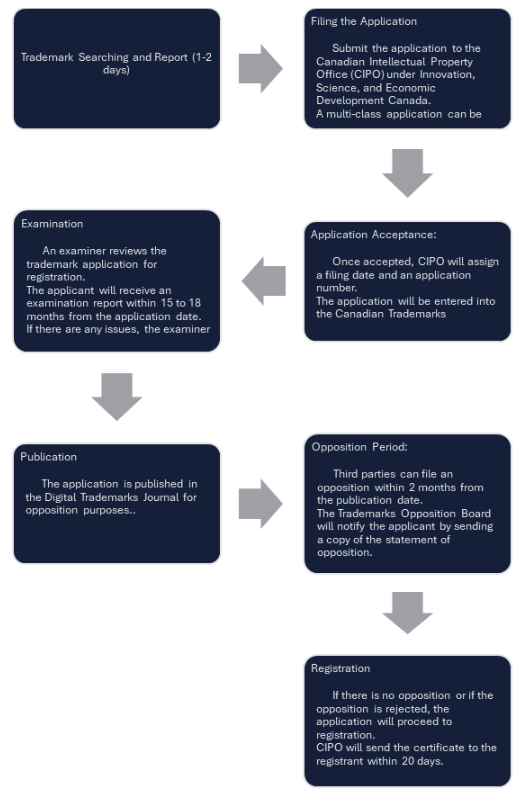
What is the difference between registered and unregistered trademarks?
A registered trademark, listed on the Trademarks Register, is recommended for its benefits, including exclusive rights across Canada. As of June 17, 2019, registered trademarks in Canada are valid for ten years and renewable every ten years with the Canadian Intellectual Property Office (CIPO). Unregistered trademarks, if used and recognized, are protected under common law through the doctrine of passing off but are generally limited to the area of established goodwill. Registered trademarks, however, offer broader protection. In Canada, a single trademark registration can cover multiple goods and services. Business names can be registered as trademarks if they distinguish a company’s products. Business names used as trademarks are protected under passing off even without registration. Using trademark symbols like ® or TM is not required but recommended, especially when licensing to third parties, to establish proper licensing and protection.
- Entitlement, Prosecution, and Opposition
Before applying for a trademark in Canada, it is advisable to do a Trademark search to ensure registrability and entitlement. A trademark application does not require proof of use when filing and will proceed to registration if all Trademarks Office requests are satisfied. Competing claims are resolved based on who first used the mark or filed the application. Applications can be expedited in certain circumstances, such as pending court actions. Third parties may oppose applications for confusion, lack of distinction, or technical defects before registration.
- Reasons to apply for a trademark in Canada.
- IP Rights are Regional:
When registering a trademark or patent in your home country, protection does not extend to other countries. For instance, a US patent or trademark won’t protect your rights outside the US, and a Canadian registration only covers Canada. Moreover, publishing a patent in your home country may prevent you from filing patents elsewhere due to prior disclosure.
- Business Operations are many a times not regional:
A Canadian company can sell products globally with a .com domain and good SEO, potentially outranking others. A Canadian trademark can deter local companies from using the same mark, as the Canadian Trademarks Office blocks similar applications. A Canadian patent prevents others from making, selling, or importing infringing products in Canada. It also simplifies suing a Canadian company by allowing legal action where they have assets.
- Protect Exported Products to Canada:
Registering a trademark or patent in Canada allows you to control the sale and quality of your products there. This is crucial for companies, especially those from the US or countries with significant exports to Canada, to prevent counterfeiting and unauthorized sales.
- Use of Trademarks in Québec:
Special rules apply in Québec due to the Charter of the French Language. Trademarks must be in French or accompanied by a French translation. A recognized trademark exception allows non-French trademarks if no French version is registered, but public signs and posters must include sufficient French. Starting June 1, 2025, stricter requirements will apply for non-French trademarks, including mandatory registration and prominent French presence on signs.
- Traditional and international registration for filing Trademark
The traditional registration approach is directly filing trademarks in their domestic countries. However, Canadian brands and businesses now have an easier way to protect their trademarks internationally through the Madrid Protocol. As of June 17, 2019, Canada joined this system, managed by the World Intellectual Property Office (WIPO). This system allows brand owners to file one application and pay one set of fees to apply for trademark protection in up to 108 member countries (124 countries). Additionally, it offers a centralized portal to manage global trademark portfolios, including updates and renewals.
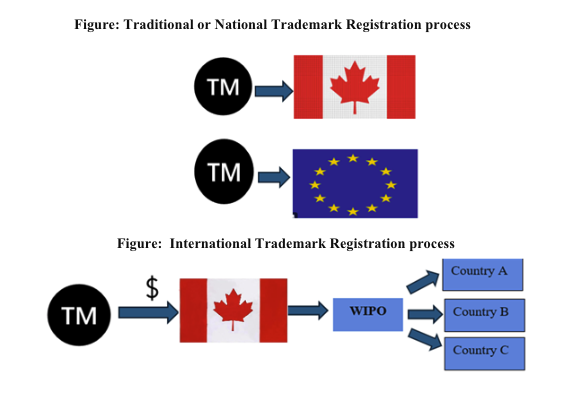
Please contact Riahi Patents for more information on filing a trademark or patent in Canada.
Our Partners
